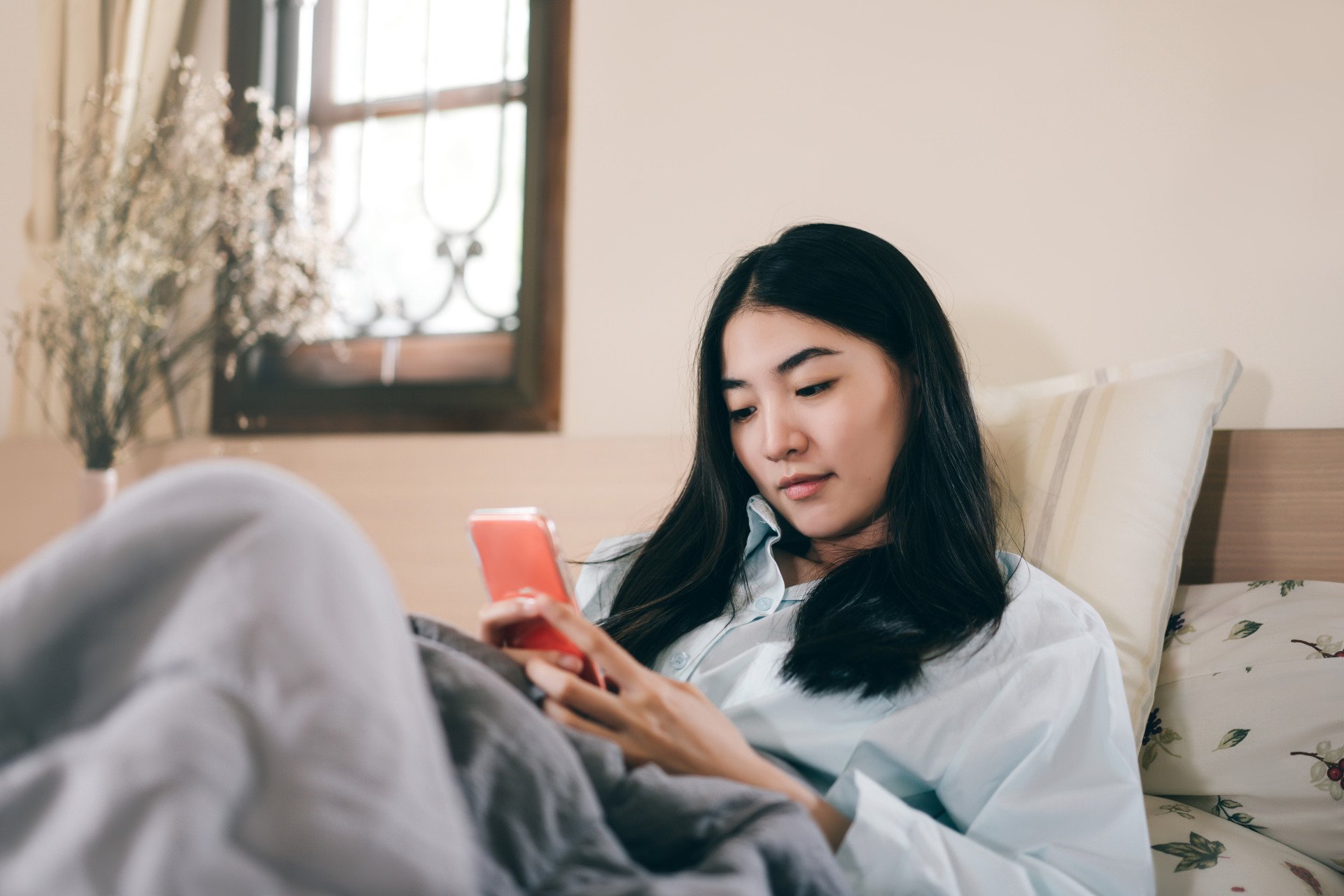For many people living with panic disorder or agoraphobia, the idea of sitting in a therapist’s office can feel daunting—or impossible.
Digital tools promise a more accessible route to treatment, offering support at the tap of a screen.
But how well do these self-help apps actually measure up to traditional therapy?
A new study by Justine Spies and colleagues, published in Psychology and Psychotherapy: Theory, Research and Practice, directly compared the effectiveness of a smartphone-based program to face-to-face cognitive behavioral therapy (CBT), the gold-standard treatment for panic-related disorders.

The research found that while the app did help users reduce panic and avoidance behaviors, it was less effective than in-person therapy.
Participants receiving face-to-face CBT showed greater reductions in panic and agoraphobic symptoms, depressive symptoms, and avoidance of feared situations.
Nearly half of the in-person therapy group achieved reliable improvements, compared to just 13 percent of the app users.
Panic disorder and agoraphobia can be debilitating, leading to recurring panic attacks and avoidance of everyday settings such as crowded spaces or public transport.
CBT has long been recognized as the most effective treatment, but long waiting lists and limited therapist availability mean many people never access it.
In this context, digital mental health interventions are seen as a potentially valuable bridge.
The researchers conducted a post-hoc comparison of two randomized controlled trials in Germany. One trial included 138 participants who underwent structured CBT delivered by a therapist.
The other involved 57 participants who used “Mindable,” a smartphone app based on the same treatment manual.
Both interventions covered psychoeducation, interoceptive exercises (such as deliberately triggering mild panic sensations), and real-life exposure tasks designed to gradually confront avoided situations.
In both groups, symptom severity dropped significantly from baseline to post-treatment. The app group showed a strong effect size (d = 1.11), close to that of the therapy group (d = 1.34).
But when researchers compared the two conditions head-to-head, in-person therapy consistently outperformed the app.
For example, 47 percent of the therapy group showed clinically reliable improvement, compared with only 13 percent in the app group. Similarly, reductions in depression and avoidance behaviors were stronger in the therapy condition.
These results highlight both the promise and the limits of self-help apps.
On the one hand, participants using the app still experienced meaningful symptom relief without any therapist involvement.
Dropout rates were also relatively low in both groups, and adherence to the app—completing lessons, tracking symptoms, and practicing exposure—was comparable to homework compliance in the therapy setting.
This suggests that digital interventions can keep people engaged, a common challenge in online mental health programs.
For the public, the findings underscore that while mental health apps can provide real benefits, they should not be seen as direct replacements for therapy.
Instead, researchers suggest they may be best suited for use in a stepped-care model, where digital tools help individuals while they wait for therapy or when full clinical care is not immediately accessible.
They may also appeal to people who are hesitant to seek face-to-face treatment, offering a low-barrier entry point.
The authors note several caveats.
The comparison was based on two separate trials rather than a single randomized study, which means differences in participant characteristics or study design could have influenced results.
Group sizes also varied, with more than twice as many people in the therapy group as in the app trial.
In addition, while the therapy group excluded individuals taking psychiatric medication, the app group allowed them, potentially affecting comparability.
Despite these limitations, the study provides one of the clearest looks yet at how stand-alone mental health apps compare with established clinical care.
It suggests that while technology can support progress, human interaction remains a powerful element in overcoming panic and agoraphobia.
Future research, the authors argue, should examine whether blending therapist support with digital tools can close the gap between app-based and in-person outcomes.
As the demand for accessible mental health treatment grows, the study’s message is a balanced one: self-help apps can play an important role in easing symptoms and expanding access, but they are most effective as supplements—not substitutes—for professional therapy.
Citation
Spies, J., Lang, T., Gerlach, A. L., Kircher, T., Hamm, A., Alpers, G. W., Fydrich, T., Arolt, V., Deckert, J., Ströhle, A., Wittchen, H. U., & Helbig-Lang, S. (2025). Does remote match reality? Comparing the effectiveness of a self-help app for panic disorder and agoraphobia to face-to-face CBT. Psychology and psychotherapy, 10.1111/papt.70012. https://doi.org/10.1111/papt.70012


